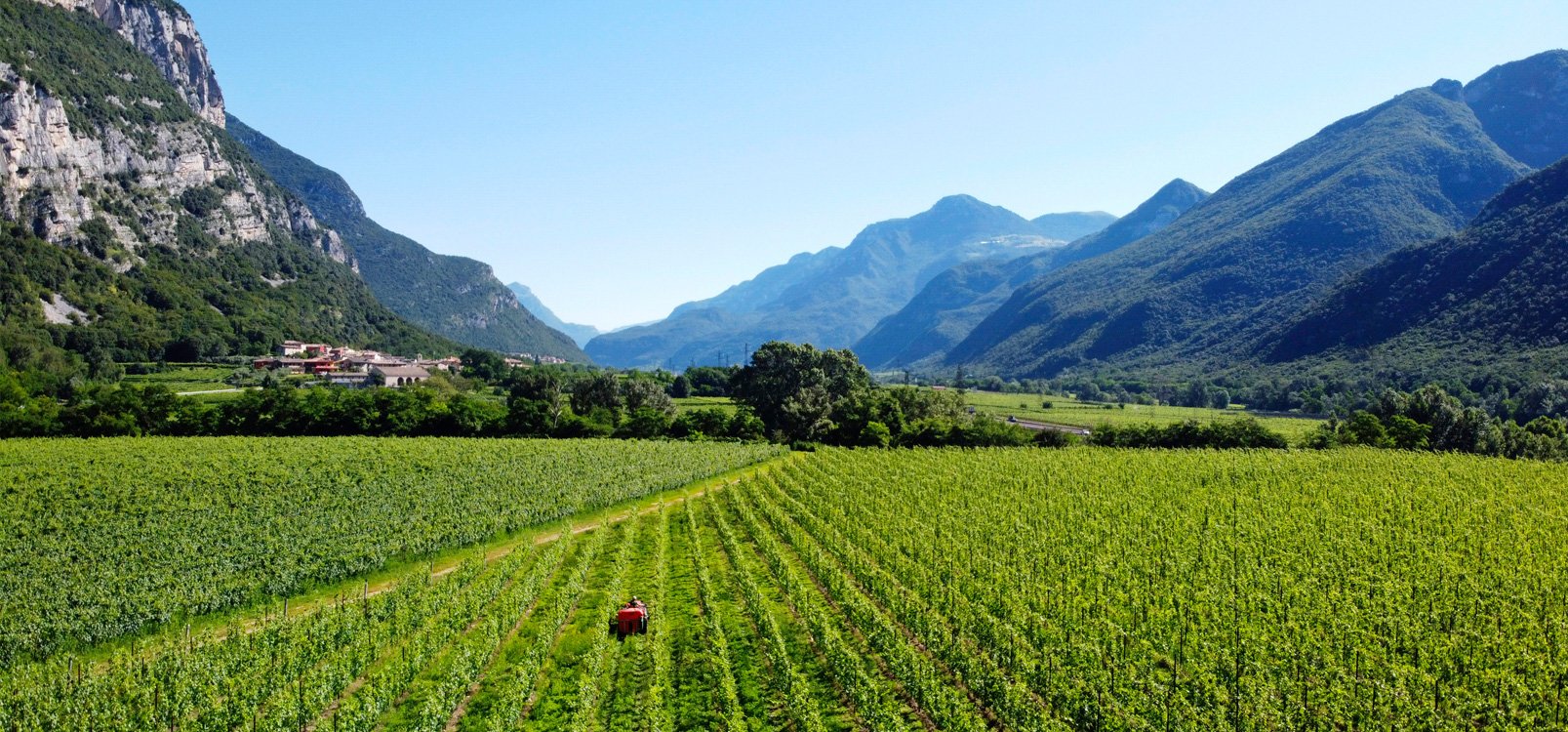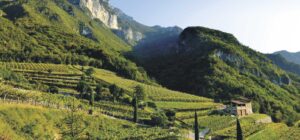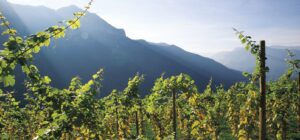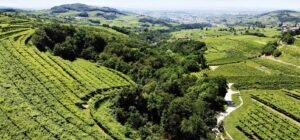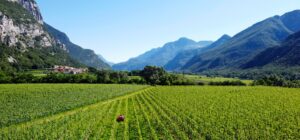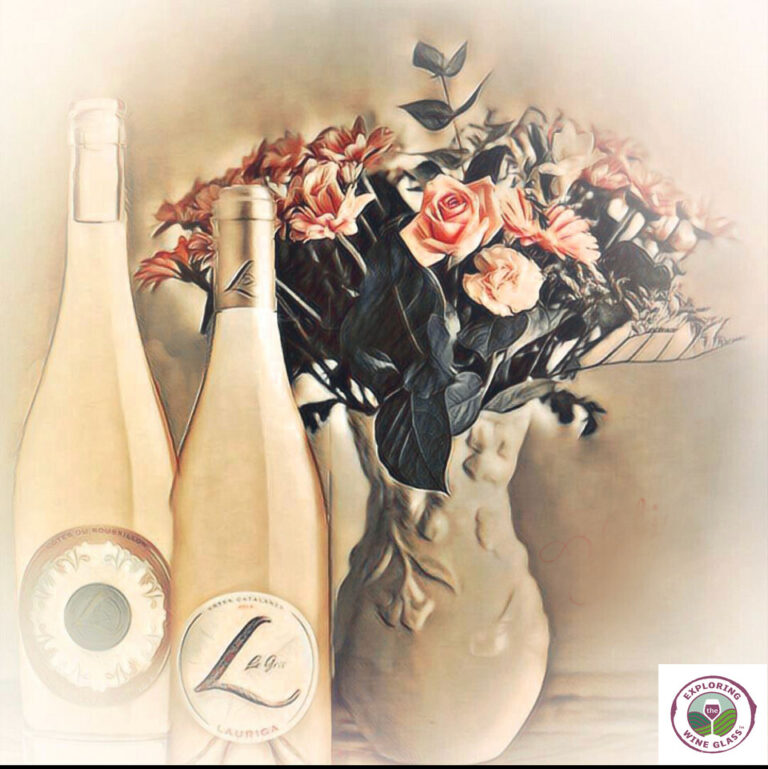It has been said that Pinot Grigio is the wine that is loved to be hated. It’s the scapegoat for simple wine. Wine without character. Wine without depth. The catch-all for what’s wrong with supermarket wine. Well, Albino Armani Pinot Grigio is turning heads and leading the charge in changing that opinion. It is a Pinot Grigio worthy of your love.
Pinot Gris vs. Pinot Grigio
The first question that often comes to mind is what is the difference between Pinot Grigio and Pinot Gris. The answer is quite simple. The country in which it is grown. Pinot Gris is the French terminology, while Pinot Grigio is the Italian wine style. The two styles do tend to be characteristically different. Pinot Grigio is often more green, having been picked earlier. Being not as ripe, it tends to also be higher in acid. Pinot Gris, picked later, is going to have a fuller body and higher sugar levels.
What’s the Relationship?
The second question that tends to be asked is if Pinot Grigio is related to Pinot Noir. The answer is a resounding yes. Pinot Grigio is actually a natural mutation of Pinot Noir. The term Pinot means “pine cone” and relates to the shape of the grape bunches. Noir refers to the dark color of the grape skin, while gris is representative of the greyish/rust color of the skin due to the inability to create the pigment as Pinot Noir can.
Where’s it From?
Although today, Pinot Grigio is predominantly found in Italy, it is believed that its heritage does come from France. In fact, the Germans call it Grauburgunder, or ‘the grey grape from Burgundy’. That is no surprise as the birthplace of its relative, Pinot Noir, is Burgundy. The main regions within Italy that Pinot Grigio can be found are Lombardy, Veneto, Friuli-Venezia Giulia and Trentino-Alto Adige.
Italy accounts for 39% of global Pinot Grigio plantings. Veneto, Friuli-Venezia Giulia and Trentino-Alto Adige represent 85% of the entire Italian production. The United States is their number one export country receiving 40% of the exports.
The cooler climate is advantageous for the variety. Pinot Grigio is a variety that is morphs depending on the soil in which it is grown. Veneto has morainic and alluvial soils, Furili-Venezia Giulia has clay and stone while Trentino-Alto Adige is composed of volcanic porphyry around Bolzano with calcareous and dolomite rock. 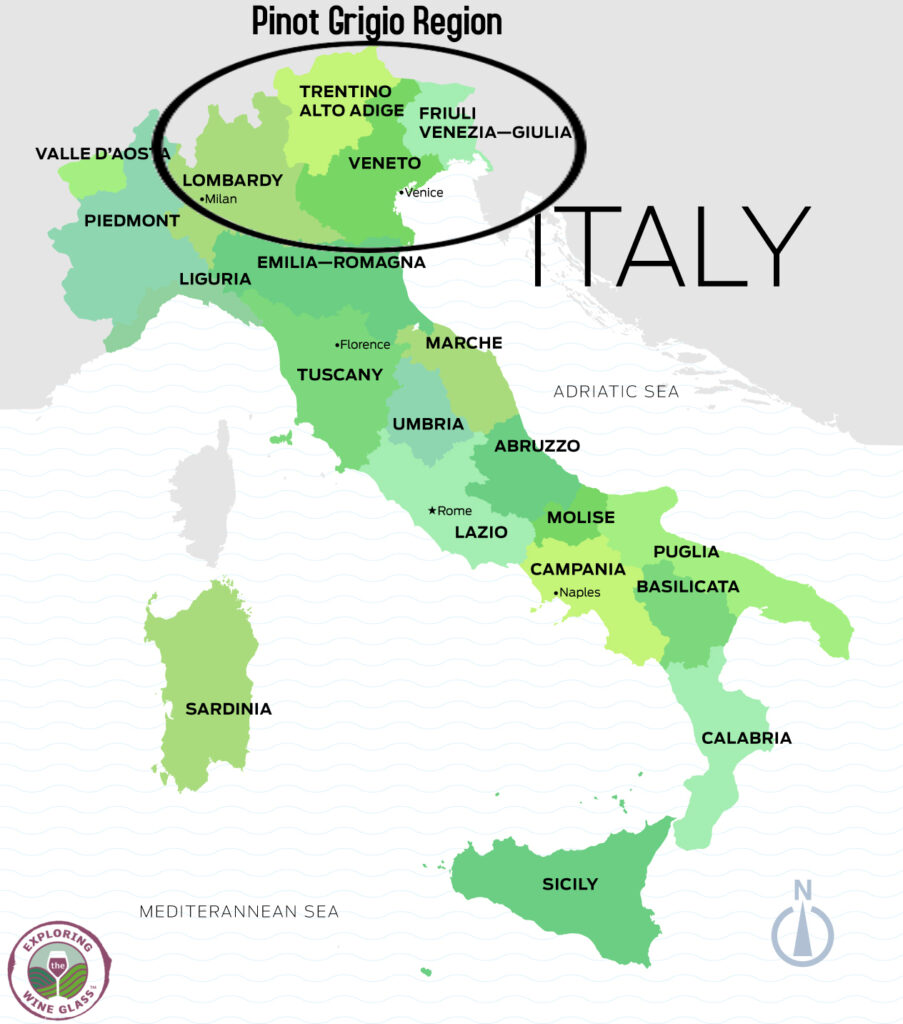 Albino Armani
Albino Armani
With vineyard sites in three separate locations, Trentino-Alto Adige, Fruili-Venezia Giulia and Valdadige, the wines that are produced speak of the land in which they are grown. The Valdadige region is filled with morainic soil and is blessed with a strong diurnal temperature. Albino Armani farms 150 hectares (370 acres) of owned vineyards. In southern part Trentino, Vallagarina, the vineyards are nestled in the shadow of the Monte Baldo and Lessinia Mountains. The warmest of the three regions, the vineyards are dissected by the Adige River, which together with Lake Garda create a unique microclimate. Territories within this region include Monte Baldo and Vallagarina. Monte Baldo has basaltic soils and the vines are cultivated using the Pergola Trentina vine training system. Vallagarina, which is south of the Monte Baldo, consists of calcareous and alluvial soils that are enriched with sediments deposited by the Pleistocene glaciations.
Albino Armani has been producing wine since 1607 and their motto tells of their commitment, not only to wine but to the environment; “inheriting for the future”. However, they state the heart of the winery is located in Veneto, where they expanded to in 1962. Their headquarters is located in Dolcé and this is where they produce their “Alta Valpolicella Classica project, producing wines from the hills, characterized by vibrant freshness and vigor.” Plantings within the Veneto territory include Valdadige and Valpolicella.
Located in Friuli Grave DOC, the vines must grow in soils that contain 80% gravel and stones, called ”claps.” An environment that is filled with stress which produce bold and powerful wines. The vineyards with their close proximity to the Alps have seen extreme weather conditions. The fruit is small, but it is the tenacity of them to survive that can be tasted so vividly in the wines they produce.
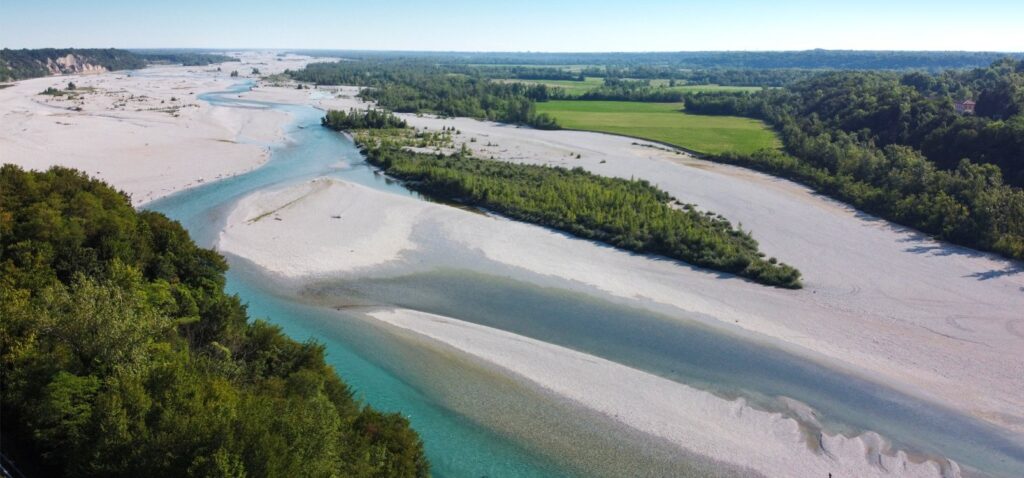
The Wines
2020 Albino Armani Pinot Grigio Delle Venezie – Italy, Delle Venezie -12.5% abv SRP – $11.99
From the Triveneto. Aromas of apple, pear and wet stone. High acidity. Flavors more stone fruit, lime zest and dried herbs.
2020 Albino Armani Friuli Grave Pinot Grigio – Italy, Friuli-Venezia Giulia, Friuli Grave – 12.5% abv SRP – $12.99
Grown in “clap” (white stones) and gravel. Aromas: white fruit, green apple, saline. Flavors: white flowers, saline, citrus. stone fruit.
2020 Albino Armani Pinot Grigio Corvara – Italy, Trentino-Alto Adige, Trentino, Valdadige – 12.5% abv SRP – $14.99
Grown in morainic soil at an altitude of 160m, strong constant wind. Aromas dried herbs, peach. Flavors floral, spice, green apple.
2019 Albino Armani Valdadige Colle Ara – Italy, Trentino-Alto Adige, Trentino, Valdadige – 12.5% abv SRP – $21.99
Fruit comes from the same region as the Corvara. Bigger bodied wine, with pronounced floral aromatics. Flavors of stone fruits, herbs and spice.
Disclosure: I received these wines as a media samples. No further compensation was received for this post, and all opinions presented are my own.
~Sláinte!
Try the 90+ rated and multiple Double Gold medal winning wines of Dracaena Wines and get a 10% discount off your first order. Click the banner below and use code “Explore” at checkout. 
